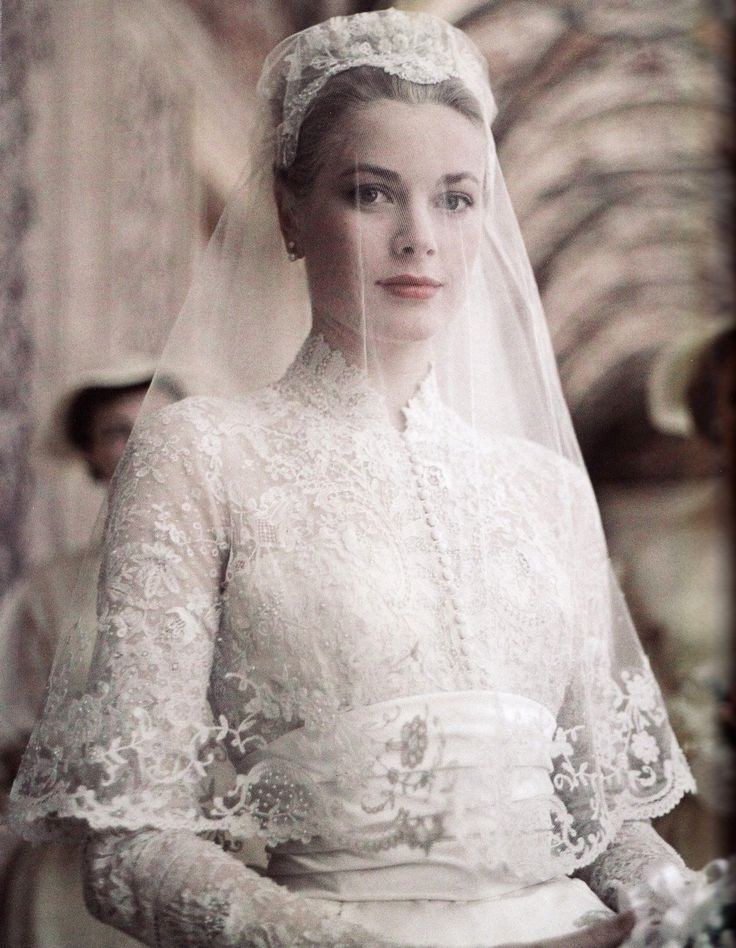A History of Wedding Photography: From the Studio to the Shutterbug for Hire

Wedding Photography's Unique History
It’s almost unthinkable today to not hire a wedding photographer for your big day. From posed shots to tender exchanges captured on film, getting the right snapper is up there with securing the perfect location and dream dress. Come with us on a little journey down the path of nuptial memory makers.
Like good wine and fine cheeses, we too have the French to thank for the emergence of commercial photography. Artist and chemist, Louis J.M. Daguerre’s, invention of the daguerreotype was the first piece of the puzzle when it came to making photography both a viable career choice and an option for newlyweds. The daguerreotype was relatively simple in comparison to older printing methods and consisted of an image being exposed onto a polished silver sheet via the use of a pharmacist’s cabinet of chemicals. Wealthy brides and grooms embraced the idea of wedding portraits and started heading into studios to get their memories impressed upon a small metal pane.
Cumbersome equipment prevented early photographers from heading out beyond the workroom; wedding photography existed solely in the studio for decades. Posed portraits, like the one below, were the norm and interestingly enough are still the connubial snapshot of choice for wedded Norwegians.
In the late 1870’s a young high-school dropout, dubbed “not especially gifted,” was planning a vacation to Santo Domingo. A co-worker suggested the 25-year-old George Eastman document the trip, photographically. Eastman never went on his holiday; instead he became consumed with the trying to make photography easier and more portable. By 1880, our below average student had patented the first photographic machine for making large numbers of plates and a plate formula allowing photographers to abandon their studios.
Colour film didn’t become available until the early 1900s, but the combination of high costs and low quality ensured black & white images continued to dominate. German firm Agfa released their Neue colour film in 1936 – a formula so impressive it remains the basis for much modern film today. The stars aligned for wedding photographers around this time, with the invention of portable cameras with on-camera flashes, the genesis of the film roll and the post-World War II wedding boom all coinciding.
Until the late 1950s and 1960s, traditional wedding photography was an example of life imitating art. The bridal party and guests were positioned in still life poses that still have a certain majesty and ceremony for viewers today.
The combination of the wedding boom and portable cameras saw many an amateur happy snapper lurking around the local chapel taking photos of the couple and their guests. These could then be bought on inspection, despite the less-professional finish. These part-time paparazzi started to tighten the wedding photography competition and professionals realised they needed to head outdoors and start taking more candid shots.
Wedding photojournalism, as it has been referred to over the last 10 years, has its origins in the social revolution of the 60s and 70s. Just as individuals were becoming more liberated, wedding photography too had to loosen up while maintaining its professional edge. Ideal wedding photography no longer just captured the event; it had to capture the mood, too.
Photojournalism involved the documenting of a wedding and needed a keen eye and inspired vision to ensure photos weren’t clumsy or unflattering. The combination of enigmatic documentary style and stylised studio photography became the wedding photography Holy Grail. The 60s and 70s also saw the burgeoning popularity of the all-important wedding video.
The trend towards digital once again revolutionised the wedding photography industry. Today your photographer can shoot endless photographic streams without having to reload and can alter most things in post-production in order to achieve flawless results. But while digital has the bulk of the market cornered many young couples, besotted with the look and charm of their parent’s wedding snaps, have reinvigorated the trend towards film photography.
With Instagram now well-and-truly a part of our daily lives, many of us are finding beautiful images captured by friends turning up on our photo streams. With the history of wedding photography rarely sitting still for long, we may find ever-changing social media leading the next big trend in wedding camerawork.
What did your wedding photographs look like?
Want to read more great articles about weddings and wedding planning? Click here: Wedding tips
